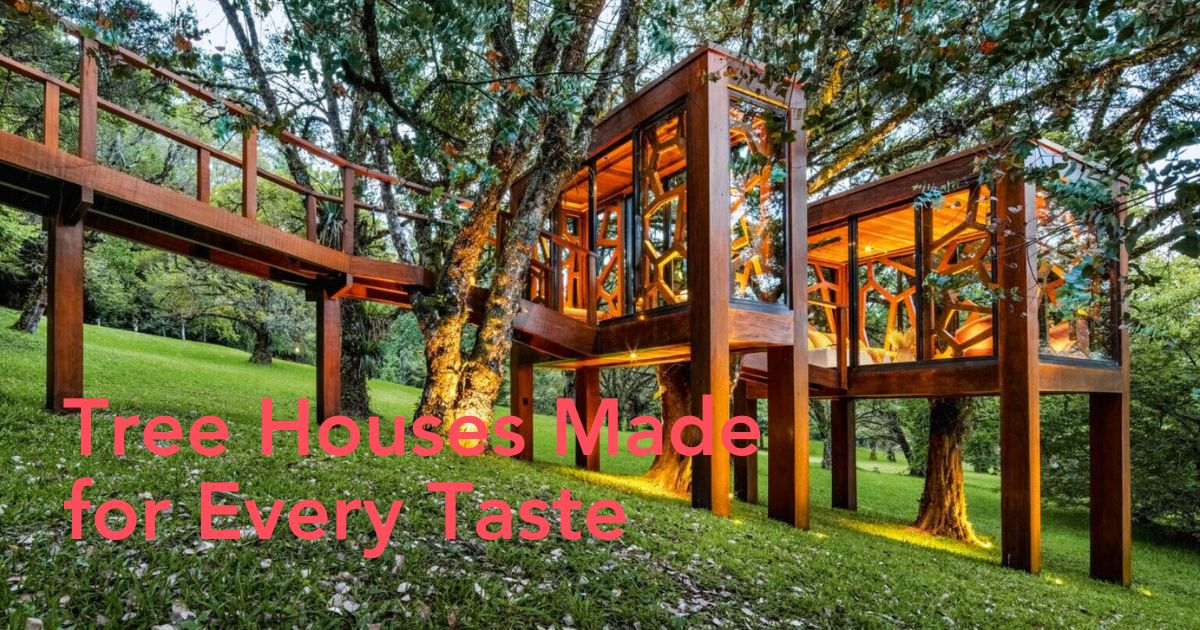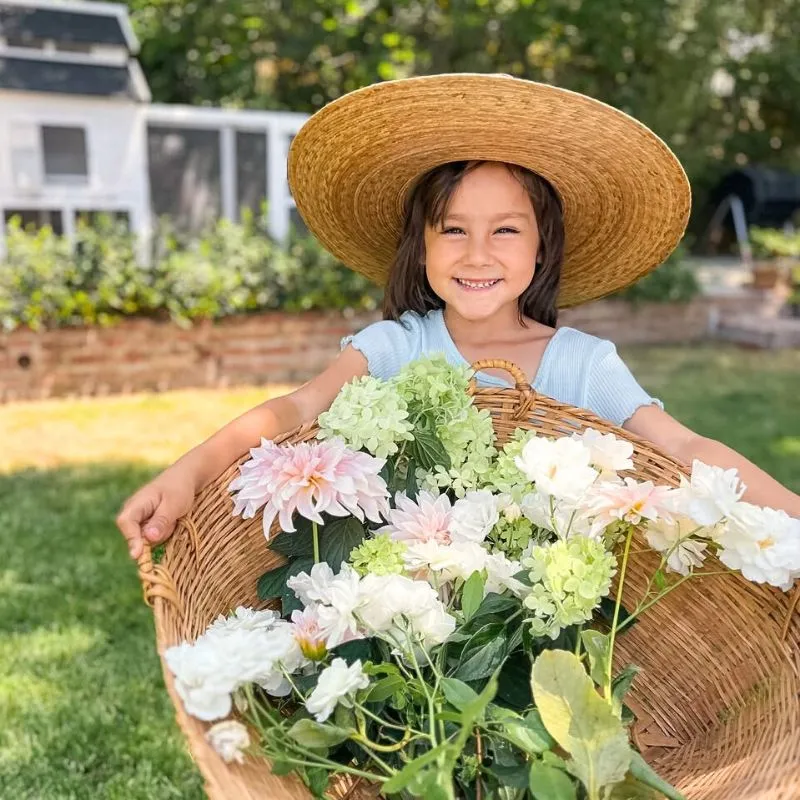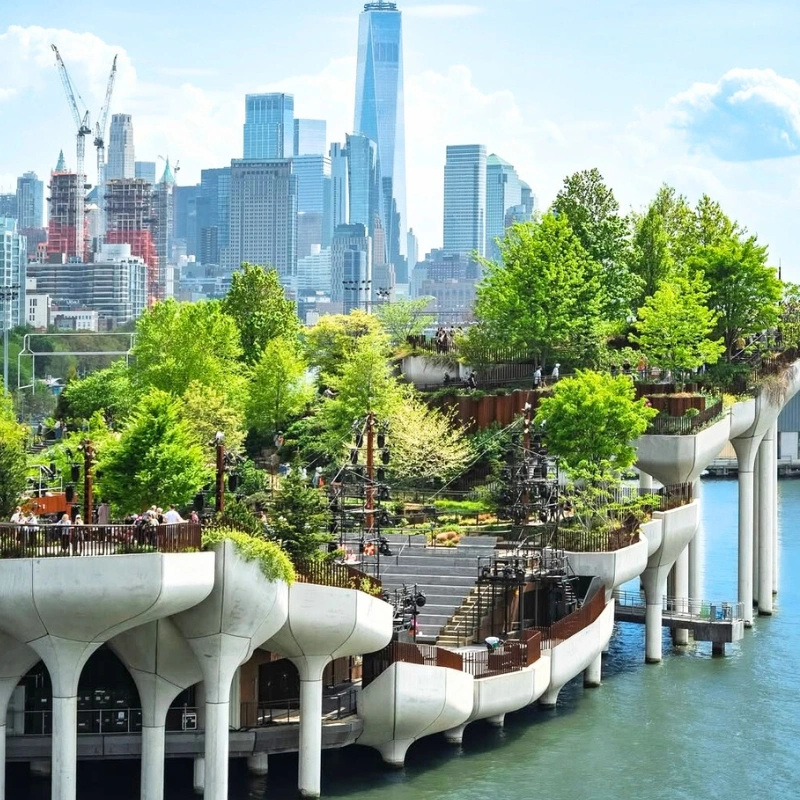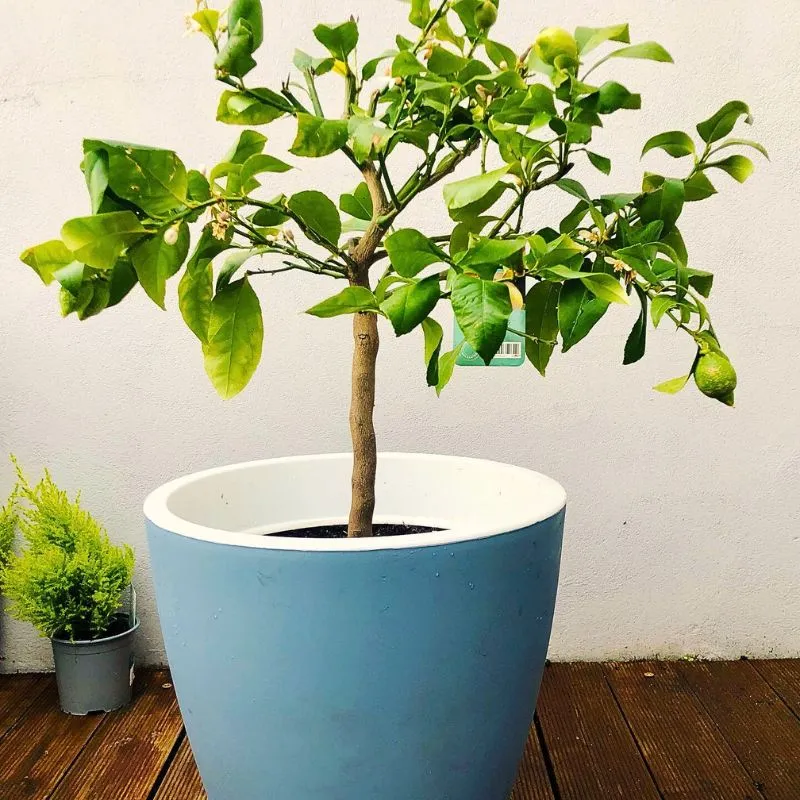The tree-house has had a makeover. In TASCHEN’s new volume Modern Tree Houses, author Florian Siebeck gathers 62 standout structures that show how elevated living can be more than childhood nostalgia – it can be serious design. Some are winterized pods in snow-heavy forests; others rope-bridge their way across branches, or rest on stilts above the canopy. What these homes share is intention, all built for one reason – to dwell differently.
TASCHEN'S Modern Tree Houses Book – Architecture That Grows With the Forest
A forest full of lofty lodges beckons nature lovers and design enthusiasts alike. From children’s playhouses and luxury escapes to eco-friendly homes and urban hideouts, these masterpieces – made by architects like Baumraum, Manuela Hardy, BIG, and Snøhetta – transform and rebuild how nature and buildings can coexist harmoniously.
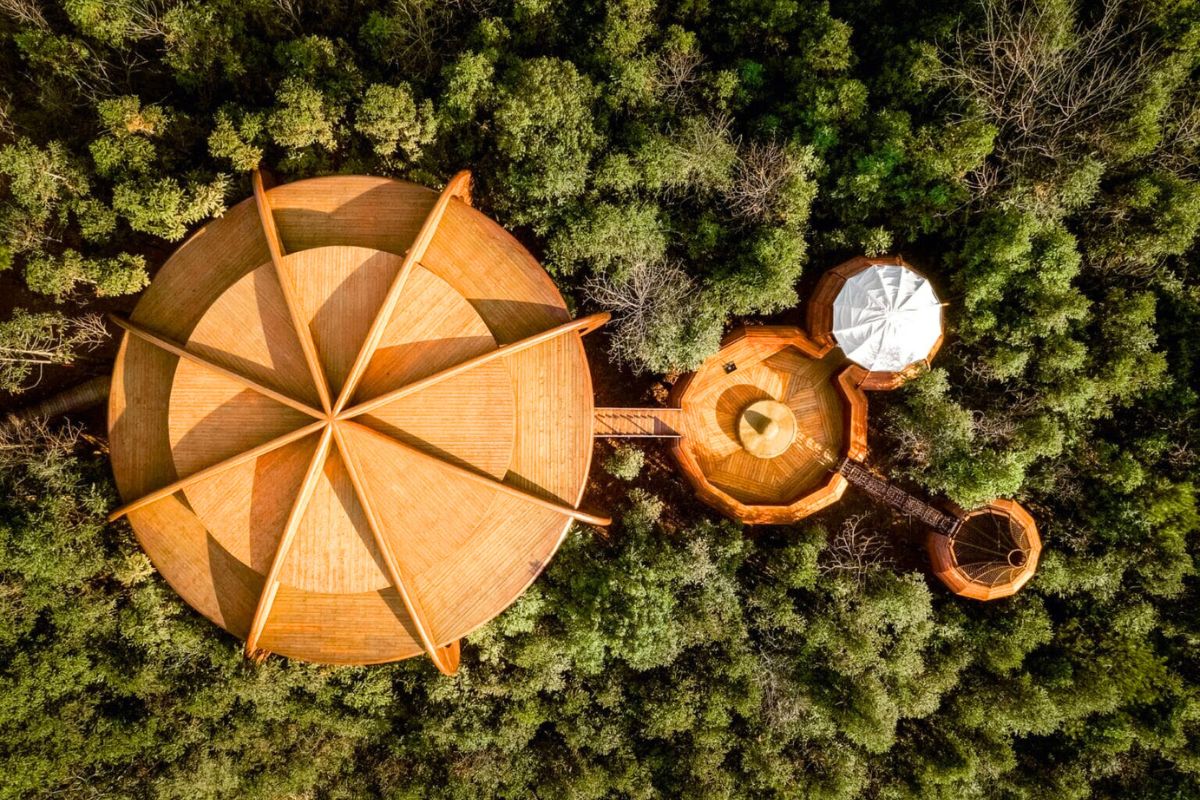
The arboreal designs featured in the author's new book aren’t your dad’s Home Depot box variety. Uniquely stunning, all 62 structures in Modern Tree Houses respond to the surrounding environment, whether a tiny, winterized pod for escaping the snow or a split-level playground complete with climbing ropes and nests. Built by architects and amateurs alike, each design is varied in material, layout, purpose, and aesthetic, although all thrive because of their proximity to nature's wonders.
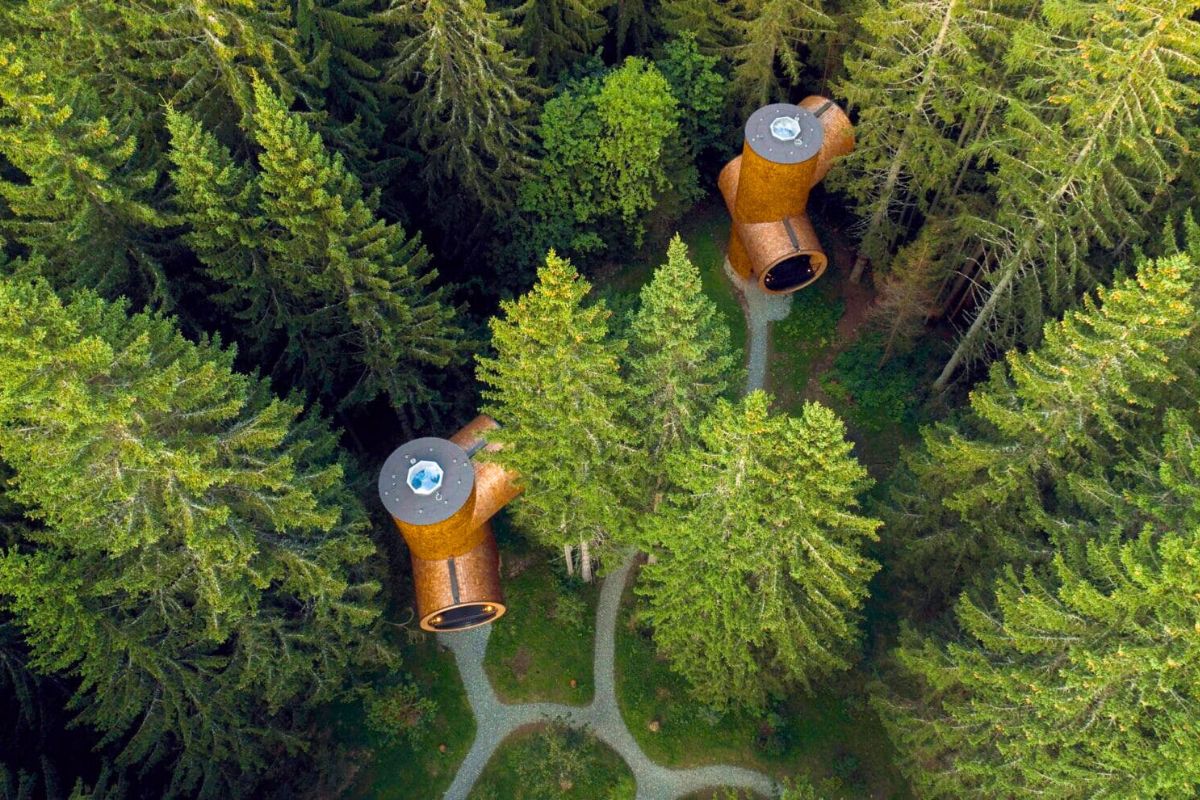
Tree Houses That Go From Playhouse to Powerhouse
Modern tree houses are proof that happiness doesn't have to be built big – just built right. This has nothing to do with neon playhouses or expansive platforms. The materials, arrangement, and even the structural anchoring in these designs change depending on the weather, the slope of the terrain, and the development of the trees. The collection moves between observation, vacation, and full-time dwelling. One chapter features "Playful Tree Houses" designed for children, while another features "Hideaway Tree Houses" for adults looking for privacy.
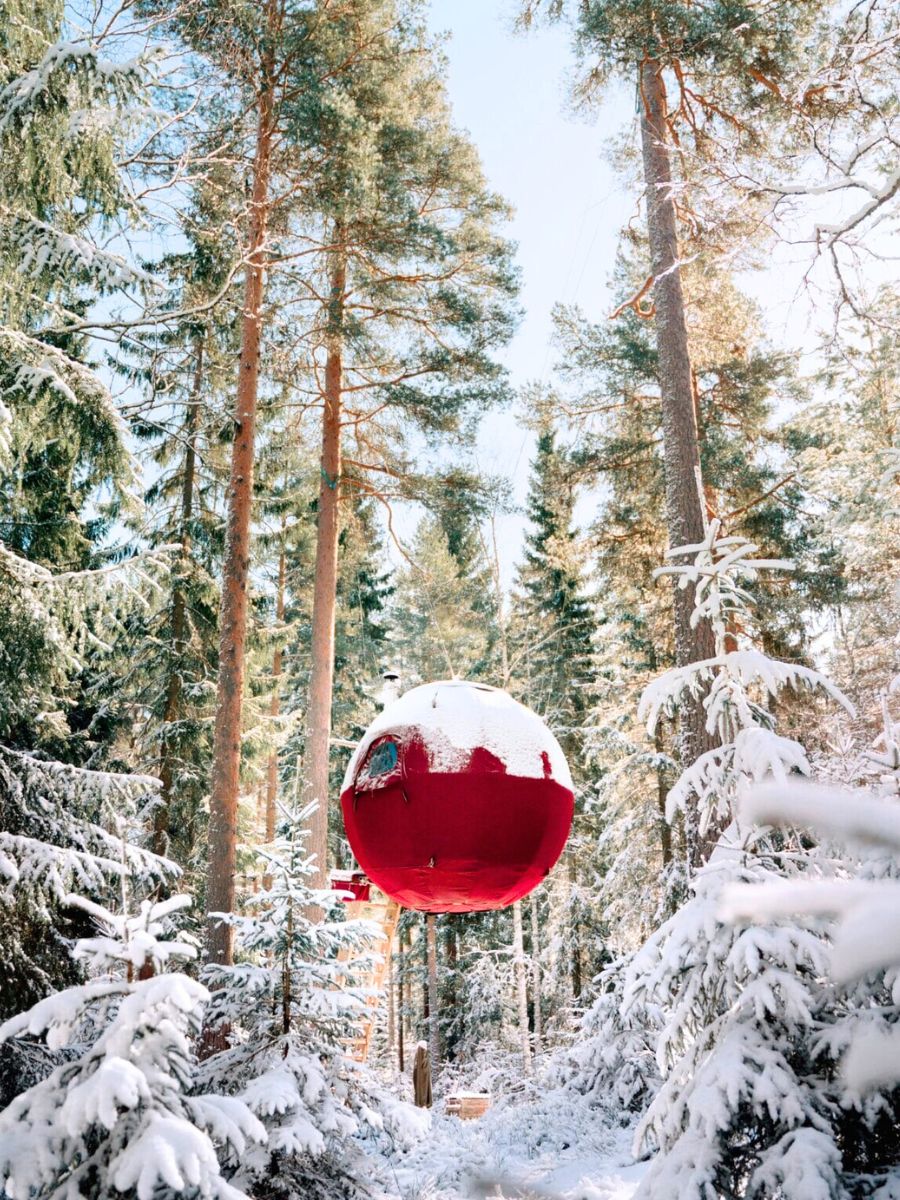
The architectural details are important. While some models float overhead without coming into contact with a trunk, others are attached to hefty limbs. This is more about context than it is about bold antics. A spelunk-inspired design would reflect the cave shapes of its location rather than making an impression, whereas a Scandinavian model by BIG might weave thin steel beams into a pine wood site. These areas seem grounded both literally and figuratively because of the distinction between being placed above nature and being grown from nature.

A Book Full of Value for Nature and Trees
Readers who are interested in design and practical planning will also benefit from this book. Think about this: what would happen if the concept of vertical housing were modified for a backyard or vacant lot?

Photo: Nacasa and Partners
The book's breakout chapters show that scale doesn't have to be enormous. Some structures use local materials and have tiny footprints, fitting perfectly between tree trunks. It demonstrates how limitations (site, height, footprint) may encourage rather than stifle creativity.

According to the collection, 'home' does not have to be spread out or hidden behind generic facades. Allowing architecture to change and bend around nature may lead to a more intriguing outcome. These 62 tree dwellings communicate their point without saying anything. If you want to buy the book, head to TASCHEN's website.

